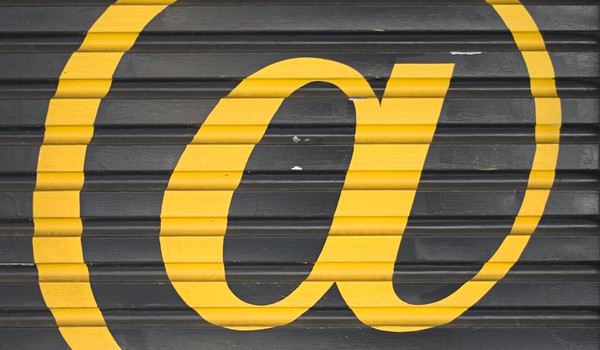
The following is a guest post by Harry Guinness. Harry is a web designer, photographer, publisher, entrepreneur, consultant, writer, and International Man of Mystery. He’s also a fan of self-experimentation (to the occasional dismay of his family and friends) and skill acquisition. You can find him over at his website (where this post was originally published) and follow him on Twitter.
With the release of the iPhone email client Mailbox and services like Mailstrom it seems that the idea of reaching “Inbox Zero” has never been more popular. However getting to inbox zero is the easy part – you can just delete everything! – staying there isn’t. In order to keep your nice pristine inbox clear of dirty dirty emails, you need to sort what is coming in. Getting to inbox zero and staying there is the real challenge.
Unlike a lot of people, I never really have an inbox overflowing with unopened email. I’m generally quite good – in fact, too good – at opening every email I get. This wouldn’t be an issue if every email was from someone I wanted to hear from but too often it’s from some stupid newsletter I signed up for so as to get a discount, something for free or because I accidentally left a “do you want to receive select emails from us, our friends, our friend’s friends and other third parties chosen pretty much at random” checkbox ticked; very rarely is it a newsletter I want to get. Another problem is social media updates that I was almost certain I’d switched off but for some unknown reason, I’m still getting. I suspect that a lot of the unread messages in people’s inboxes are these now-forgotten newsletters that just get ignored and left to build up. Obviously there are some people who receive such a ludicrous amount of email from fans, or colleagues that they can’t read or respond to it all but I think that there are a lot of us who are just inundated with unwanted newsletters and redundant social media updates.
To deal with this ridiculous amount of unwanted email, I’ve started a simple policy. If a newsletter appears in my inbox it must be opened and either unsubscribed from or read in full – if it’s particularly long winded, and I want to read it, I’ll send it to Instapaper (one of my favourite apps) but for anything that is short enough to be read in less than two or three minutes, it must be read immediately. This forces me to decide whether I want to keep receiving the newsletter. If I don’t, I click the “unsubscribe” link down the bottom and forever banish it from my inbox, if I do it’s read and archived straight away. In the past two weeks I’ve unsubscribed from more than 30 (I have a problem) different email lists. This does mean that clearing my inbox takes slightly longer than before, but within a week, all the worst offenders were dealt with and the hard work was done. Now it’s only intermittent newsletters I have to deal with.
Some sites, particularly old internet retailers it seems, require you to log in to “change your email preferences”. If this happens and I can’t remember the log in details, unless I plan on using the site again and am interested in recovering my credentials, I create a new filter in Gmail (here’s how) that automatically deletes the incoming email. It’s zapped before it makes it to my inbox!
The other scourge of my inbox is social media notifications. It seems that every so often Facebook and Twitter decide it’s a good idea to come out with some new email summary that you will be subscribed to by default. I thought I’d largely dealt with this issue already, but even still, I keep getting random email notifications. If you haven’t already, I really suggest you log into your social media accounts and unsubscribe from all but the most important emails – the only emails I want to receive are those telling me that someone recently tried to log into my account from Bangladesh and that they requested a password reset; anything else I can see when I log into the site. LinkedIn is a particular offender and should be tried for “Egregious Abuse of Email Preferences”. There are more than twenty different drop-down menus and checkboxes that you have to change if you want to stop receiving emails from them. Even worse, if someone connects with you and you don’t respond immediately, they send you another email a few days later.
By forcing myself to deal with all the incoming emails immediately I was able to stay committed and mostly solve the program in two weeks. Now I just have to learn the discipline to not sign up for more newsletters!
Photo credit: nickobec via SXC.HU